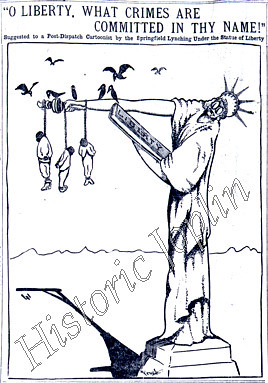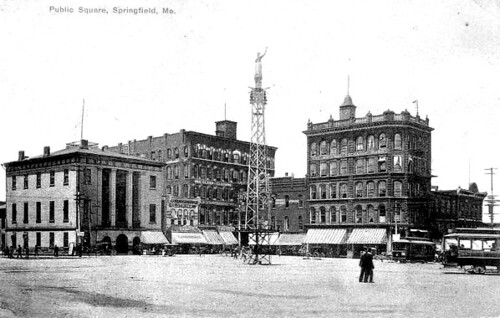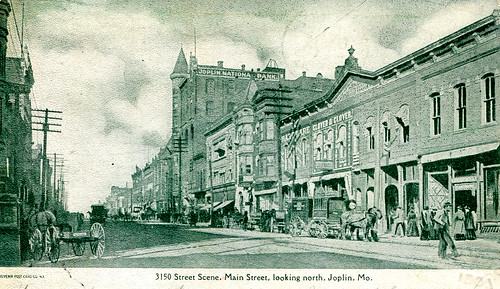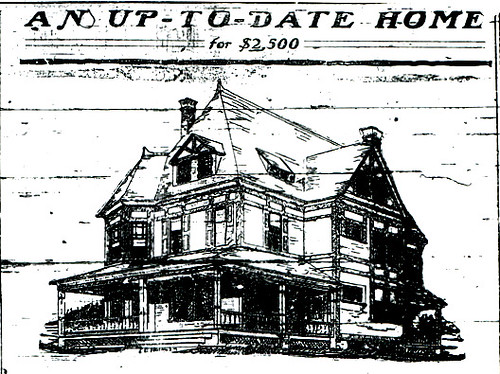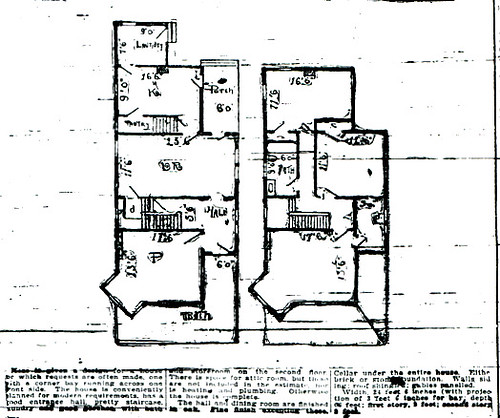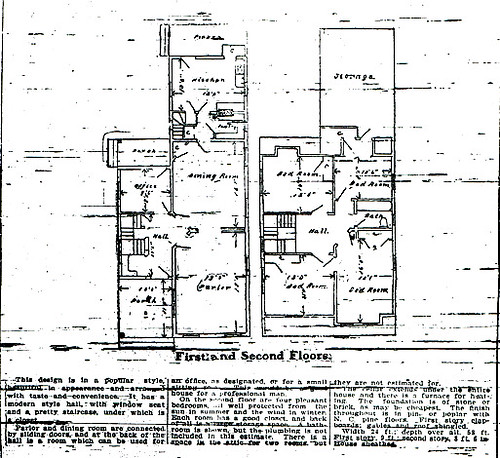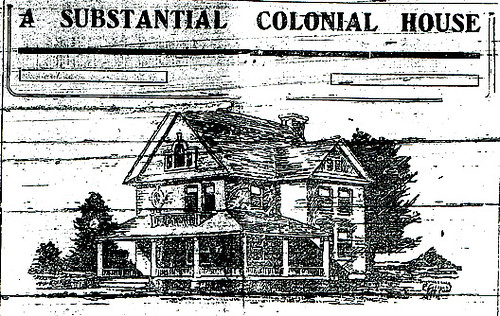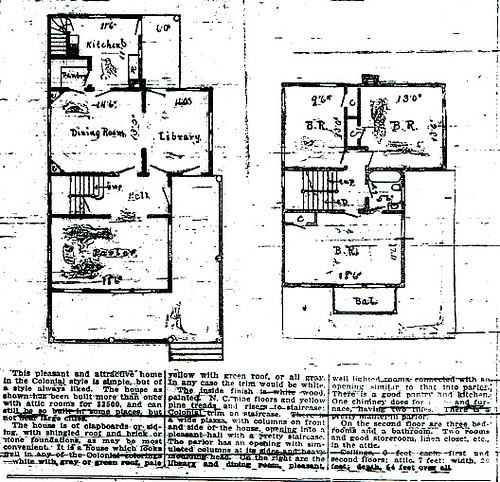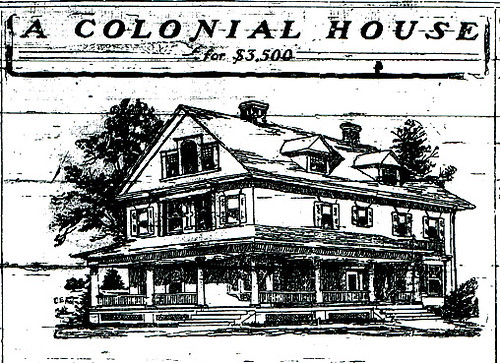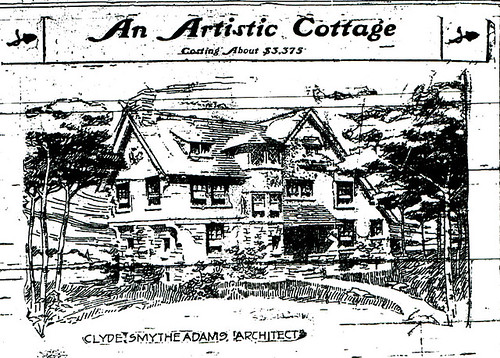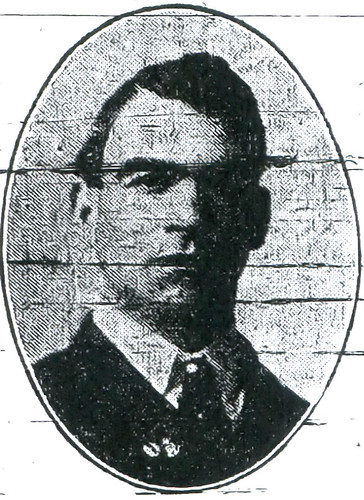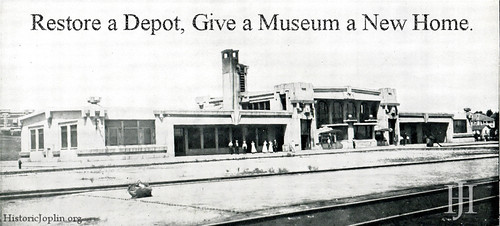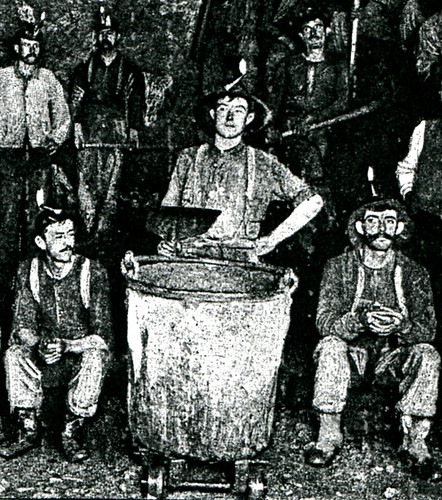In the most recent copy of Preservation magazine, a publication of the National Trust for Historic Preservation, is a good article on the National Register of Historic Places.
The article outlines how the process to place a building or landmark onto the Register works, as well what benefits such a placement can provide or cannot. Below is a summary of the process laid out:
Step One: Anyone can nominate a place to be registered. To do so, one fills out a form (located here) and submits it to the State Historic Preservation Office (SHPO). In Missouri, the SHPO is located within the Department of Natural Resources (DNR). Also, through the law which created the SHPO in Missouri, the nominations are reviewed by the Missouri Advisory Council on Historic Preservation – a council of individuals appointed by the governor that meets four times a year.
Step Two: The SHPO reviews the nomination. In that process, if it believes the nomination worthy, it will contact the owners of the landmarks, places, or buildings to inform them of the nomination. If the owner objects, then the nomination is ended. No owner (or majority of owners in a situation where multiples properties are involved) can be forced to have their property placed on the Register. However, benefits can be had if one’s property is registered!
First, being on the register opens up the property to receive grants or funding, some that are exclusive to registered properties. Second, the property then can become eligible for tax credits to fund restorations or renovations. Third, the owners get to receive the honor of having their property recognized as something of special importance to our nation’s and or the community’s history.
Step Three: The SHPO submits the nomination to the National Register for consideratation. The National Register and the SHPO both review nominees for the same criteria, significance and integrity. Significance on the local or national level, and within that category, either historically or architecturally (or both). With regard to integrity, Preservation states it best:
“The issue of integrity involves determining whether the features that contribute to the property’s significance–its location, design, setting, materials, workmanship, and the like–remain largely intact. A house may be notable because it was designed by Frank Lloyd Wright, for example, but has Wright’s original design been radically altered through years of remodeling? Similarly, a building may be significant because a history-making event took place there, but has it been moved from the site where the event occurred? If the answer to either question is “yes,” the property’s integrity could be considered destroyed or compromised, potentially making it ineligible for Register listing.”
If the property appears to meet the above criteria, then it has a good chance of being accepted. However, a property usually needs to be at least 50 years old. Another aspect of a property being on the Register is that it does not restrict the owner from doing anything with their property (including tearing it down – as the Connor and other Joplin properties that made the register ended up suffering). The only restrictions are those which local or state laws or regulations might place on such historic properties.
Joplin is home to more than a few registered places and landmarks, most recently the Historic Districts located along Main Street and such buildings as the Olivia, Carnegie Library, and the Union Depot. For more buildings and places, just check out this link. The forms are wonderful sources for the history of a place, building, or landmark, as well photographs or illustrations.
Sources: Missouri Department of Natural Resources, Preservation magazine.
